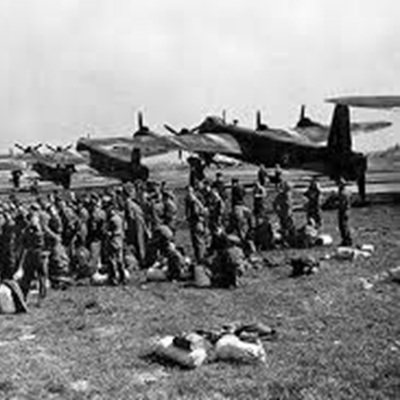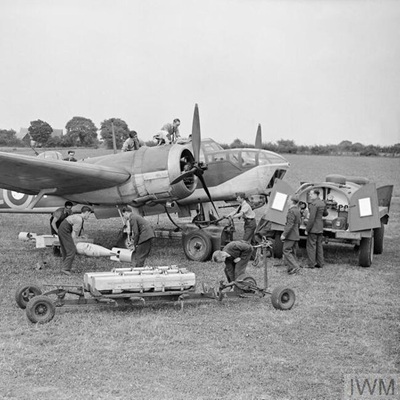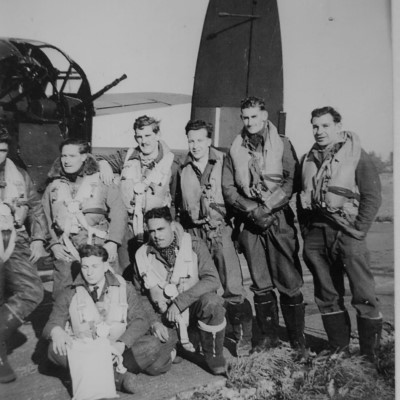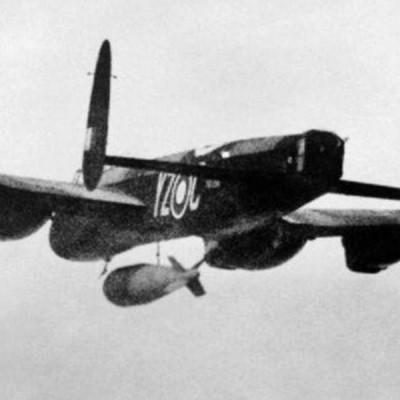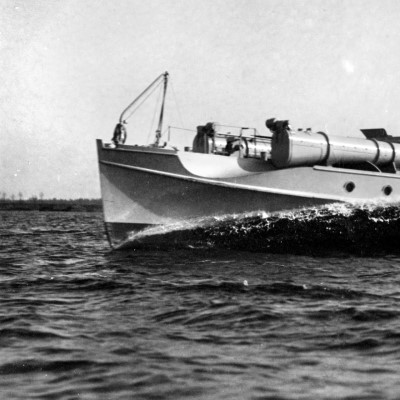Operations
Operations
Operation Exodus – Bringing the POWs home
By April 1945, many Prisoner of War camps in occupied Europe had been liberated. Though free, the ex-prisoners were hundreds of miles from home with many suffering from illness, fatigue and starvation. It was clear that a swift method of repatriation was needed - RAF bombers were tasked to fly the POWs home.
Early Days
New Zealanders formed a greater proportion of Bomber Command in the first year of war than at any later period. With acute shortages of trained air crews they made an important contribution to the RAF bombing effort, and helped set the foundations of the force Bomber Command would become.
75 (NZ) Squadron’s Fateful Sortie to Homberg
Twenty-six bombers of 75 (NZ) Sq. set out on 20 July for a night raid against the synthetic oil refinery at Homberg on the western edge of the Ruhr Valley. It turned out to be the worst night in the Squadron’s history with seven Lancasters shot down and forty-nine crew lost.
The 10-Ton Grand Slam
Britain’s aviation bomb development culminated in the Grand Slam – the largest non-nuclear air-dropped weapon of WWII. So large was the Grand Slam it could only be carried by specially modified Lancasters that required skilled crews both to fly the aircraft and bomb with precision. Once again the task fell to 617 Squadron.
Operation Charnwood 1944
Not all missions went to plan. At the request of General Montgomery, RAF Bomber Command mounted its first attack against enemy troop positions in Caen, France one month after the D-Day landings. Sadly the raids resulted in significant civilian casualties and the damage was such that ground troops struggled to take advantage.
After D-Day: The E-Boat Threat
The liberation of France depended on a continuous delivery of supplies across the English Channel. The supply fleet had to be protected from seaborne attack by German E-boats. The task of reducing this threat fell to Bomber Command, led by 617 Sq. with New Zealander Les Munro at the forefront of these missions.
